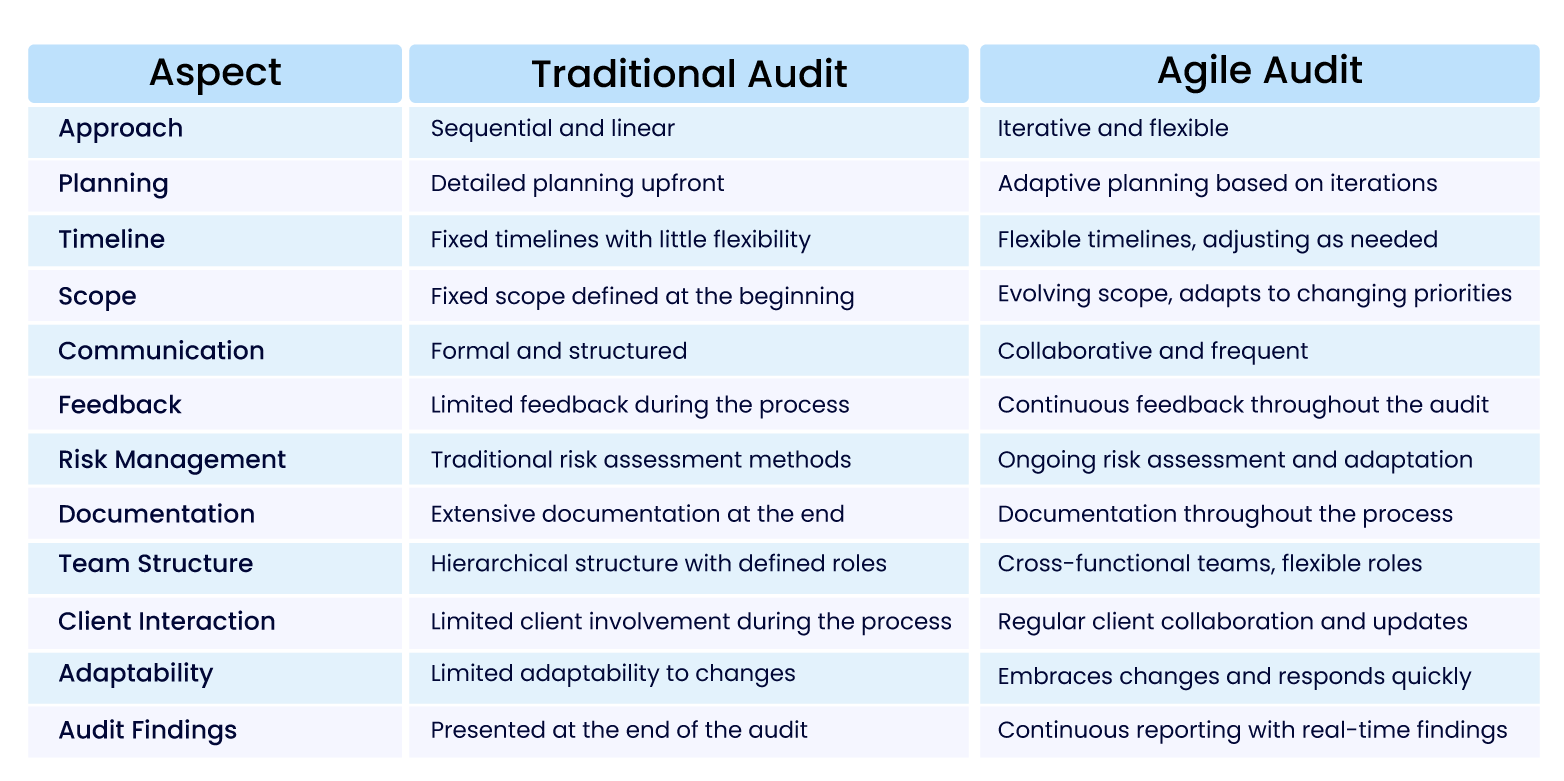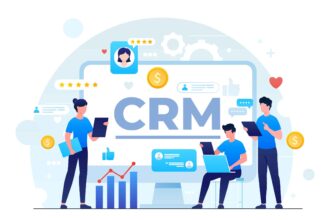
Agile Software Development: A Comprehensive Guide
What is Agile Software Development?
Agile software development is a methodology that promotes iterative development, collaboration, and flexibility. Unlike traditional waterfall methods, Agile focuses on delivering small, workable segments of a product through continuous feedback and improvements.
Origins of Agile
The Agile methodology was officially introduced in 2001 with the publication of the Agile Manifesto. This manifesto outlined key principles for software development, emphasizing customer collaboration, responsiveness to change, and the importance of working software.
Key Principles of Agile Software Development
1. Customer Collaboration Over Contract Negotiation
Agile encourages active collaboration between developers and customers throughout the development process. This ensures that the final product meets the customer’s needs and can adapt to any changes in requirements.
2. Responding to Change Over Following a Plan
In Agile, change is seen as an opportunity rather than a setback. Teams are flexible and can quickly adjust their plans based on new information or shifting priorities.
3. Working Software Over Comprehensive Documentation
Agile prioritizes delivering functional software over producing extensive documentation. This approach helps teams focus on creating value and reduces the time spent on unnecessary paperwork.
4. Individuals and Interactions Over Processes and Tools
Agile values the contributions of individuals and their interactions within the team. By fostering a collaborative environment, teams can leverage diverse perspectives and skills to solve problems more effectively.
Benefits of Agile Software Development
Improved Product Quality
Agile’s iterative approach allows teams to continuously test and refine their work. This ongoing feedback loop helps identify and resolve issues early, resulting in a higher-quality product.
Enhanced Flexibility
Agile teams can quickly adapt to changes, whether they come from market shifts, customer feedback, or new technology. This flexibility ensures that the final product is relevant and up-to-date.
Faster Time-to-Market
By breaking the development process into smaller, manageable increments, Agile enables teams to deliver functional software faster. This rapid delivery can give businesses a competitive edge by bringing new products or features to market quickly.
Increased Customer Satisfaction
Regular customer collaboration and feedback ensure that the final product aligns with user needs and expectations. This focus on customer satisfaction can lead to stronger relationships and higher retention rates.
Agile Frameworks
Scrum
Scrum is one of the most popular Agile frameworks. It organizes work into fixed-length iterations called sprints, typically lasting two to four weeks. Scrum emphasizes roles such as the Scrum Master, Product Owner, and development team, each with specific responsibilities to ensure smooth progress.
Key Components of Scrum
- Sprint Planning: The team selects work from the product backlog to complete during the sprint.
- Daily Stand-Ups: Short daily meetings to discuss progress, obstacles, and plans.
- Sprint Review: A meeting at the end of the sprint to review what was accomplished and gather feedback.
- Sprint Retrospective: A meeting to reflect on the sprint and identify areas for improvement.
Kanban
Kanban focuses on visualizing the workflow and limiting work in progress (WIP) to improve efficiency. Teams use Kanban boards to track tasks through various stages, ensuring that work progresses smoothly and bottlenecks are identified quickly.
Key Components of Kanban
- Visual Boards: Used to display tasks and their current status.
- WIP Limits: Restrict the number of tasks in progress to maintain focus and quality.
- Continuous Delivery: Unlike Scrum, Kanban does not have fixed iterations, allowing for continuous workflow and delivery.
Lean
Lean software development aims to maximize value by eliminating waste and improving processes. Derived from Lean manufacturing principles, it focuses on delivering value to customers efficiently and effectively.
Key Principles of Lean
- Eliminate Waste: Remove non-value-adding activities.
- Build Quality In: Ensure quality throughout the development process.
- Create Knowledge: Encourage learning and continuous improvement.
- Deliver Fast: Prioritize quick delivery of valuable software.
- Respect People: Foster a respectful and collaborative environment.
- Optimize the Whole: Focus on overall process improvement rather than individual parts.
Implementing Agile in Your Organization
-
- Start with Training
Before adopting Agile, it’s essential to educate your team about its principles and practices. Training sessions, workshops, and certifications can provide the necessary knowledge and skills to ensure a smooth transition.
-
- Choose the Right Framework
Select an Agile framework that aligns with your team’s needs and project requirements. Whether it’s Scrum, Kanban, or Lean, choosing the right framework is crucial for successful implementation.
-
- Foster a Collaborative Culture
Agile thrives in a collaborative environment. Encourage open communication, teamwork, and regular feedback to create a supportive atmosphere where Agile can flourish.
-
- Use Agile Tools
There are numerous tools available to support Agile practices, such as Jira, Trello, and Asana. These tools can help manage tasks, track progress, and facilitate communication within the team.
-
- Measure and Improve
Regularly assess your Agile processes and identify areas for improvement. Use metrics such as velocity, lead time, and customer satisfaction to gauge success and make data-driven decisions.
Common Challenges and Solutions in Agile Adoption
- Resistance to Change: Employees may be resistant to new processes and methodologies. Address this by providing adequate training and highlighting the benefits of Agile.
- Lack of Experience: Teams new to Agile might struggle with its principles and practices. Pairing experienced Agile coaches with novice teams can provide guidance and support during the transition.
- Poor Communication: Effective communication is vital for Agile success. Foster an open and transparent communication culture to ensure everyone is aligned and informed.
- Inadequate Tools: Without the right tools, managing Agile projects can be challenging. Invest in reliable Agile tools to streamline processes and enhance team collaboration.
Conclusion
Agile software development is a powerful methodology that offers numerous benefits, including improved product quality, enhanced flexibility, faster time-to-market, and increased customer satisfaction. By understanding Agile principles and frameworks, and effectively implementing them within your organization, you can drive significant improvements in your software development process. Embrace Agile to stay competitive, responsive, and aligned with customer needs in today’s fast-paced digital landscape.







